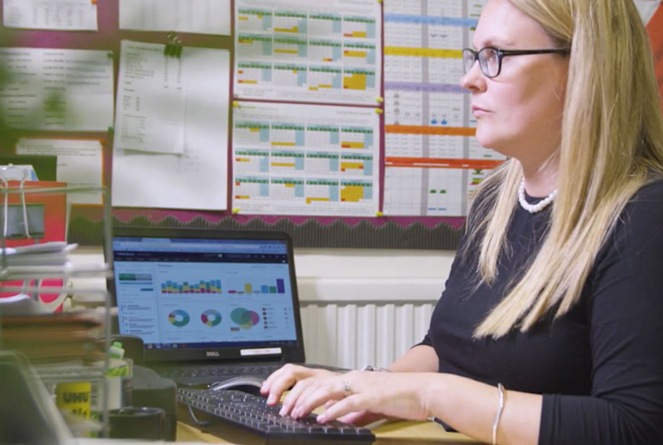Introduction
When it comes to the educational development of students, understanding where they stand is crucial for effective planning and teaching. These assessments are the starting point, the starting point that helps educators gauge the current skill set, strengths, and areas that need improvement for each student. We understand how vital these assessments are and have curated a list of top tips from our team of experts to make the process as efficient and effective as possible for you.
Tip #1: Plan Ahead
Why it’s crucial: Initial assessments define the correct starting points for the pupil’s learning from the previous attainment point. It identifies any gaps or misconceptions and ensures pupils are building on skills and knowledge in a robust and cohesive way. Decide which skills and competencies you’ll assess and determine how to evaluate them.
Expert Advice: Before starting the academic year, gather all necessary resources, create an assessment schedule, and prepare your pupils for the assessments. The better prepared you are, the more accurate your data will be. Consider the best way to assess a particular skill or piece of knowledge. This does not need to always be a written recording.
Tip #2: Use a Variety of Assessment Methods
Why it’s crucial: Students can perform differently based on the assessment format. A multi-faceted approach ensures a more rounded understanding of each pupil.
Expert Advice: Combine quizzes, observations, practical tests, and interactive discussions in your assessment methods. Make the process comprehensive but manageable. The more information you have on the impact of the curriculum, the better.
Tip #3: Create a Supportive Environment
Why it’s crucial: Tests can often induce anxiety among students, affecting their performance and, consequently, the validity of the assessment.
Expert Advice: Make sure to establish a relaxed and non-threatening environment. Let students know that the purpose of the assessment is to guide their learning journey rather than judge their abilities. Helping pupils to recognise their own strengths and areas of development through metacognition is also important.
Tip #4: Analyse and Use the Data
Why it’s crucial: Collecting data is just the first step; the real value lies in its analysis and application.
Expert Advice: Look for patterns in performance across various skills and subjects. Use the data to identify strengths and weaknesses at an individual level and across groups to inform future teaching strategies. See Sonar Tracker and Sisra Analytics to help analyse patterns of strength and learning in your assessment data.
Tip #5: Revisit and Update
Why it’s crucial: Skills and competencies are not static; they change as students learn and grow.
Expert Advice: Consider doing follow-up assessments regularly throughout the academic year. Compare the new data with past assessments to measure progress and adapt your teaching methods accordingly. See Sonar Tracker and Sisra Analytics to compare your assessment data to the over 7,000 schools in England using Juniper assessment analytics solutions.
Baseline assessments are more than just a procedural requirement; they are foundational to each student’s educational journey. Follow these expert tips to make your baseline assessments a cornerstone of your educational strategy.
Let Technology Do the Heavy Lifting for You
In today’s digital age, leveraging technology can make all the difference in education and assessment. Juniper Education offers specialised solutions tailored for different educational levels to analyse your assessment data effectively.
Our Sonar Tracker provides real-time analytics for Primary Schools, while Sisra Analytics is perfect for Secondary Schools. Both tools offer instant, standardised, informative, and diagnostic reports that support further teaching and learning and help plug performance gaps. With features that make these tools indispensable in the classroom and the back office, you can focus more on action and less on crunching numbers.
In Conclusion
By incorporating these solutions into your teaching strategies, you’re equipping yourself with powerful tools that align with the future of educational technology in the UK. Make data-driven decisions and create impactful learning experiences today with Juniper Education.
For more insights and educational resources, stay tuned to Juniper Education’s blog and don’t hesitate to contact our team of experts for personalised support.
Enquiries@junipiereducation.org


/Primary%20school%20.jpg?width=2000&name=Primary%20school%20.jpg)








.png?width=940&height=788&name=Lingfield%20College%20Case%20Study%20(5).png)
-1.png?width=1000&height=833&name=National%20Association%20of%20Head%20Teachers%20(3)-1.png)
-3.png?width=1080&height=1080&name=Untitled%20design%20(10)-3.png)






